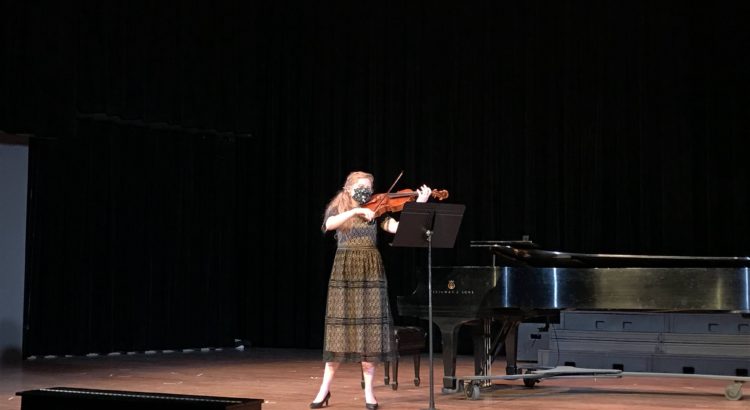Before we dive in, a disclaimer: I played the cello in an orchestra in high school and therefore am hopelessly biased toward the superiority of that instrument.
HOWEVER! I am here today to begin to build an appreciation for the thousands of other instruments out there, starting with….the viola.
The viola gets made fun of a lot. Often mistaken for a violin, it’s actually slightly larger with a deeper sound and often plays the “inner voices” in a symphony. They’re crucial for harmonies in music composition but their voices are harder for the ear to pick out when playing in a symphony in between the deeper voices of the cello and bass and the melody voice of the violin. Over six year of playing in an orchestra, I can remember playing exactly one piece where the violas had either a melody or a solo part. They were very under-appreciated by music composers until the 20th century when more viola soloists came to prominence and people realized they should really write better music for this beautiful instrument!
PROGRAM
Suite No. 4 – Johann Sebastian Bach: https://youtu.be/70hcPBdzD1c
Sonata for Piano and Viola in E flat major op. 5 no. 3 – Johann Nepomuk Hummel: https://youtu.be/cFZyCna2vQA
Sonata for Viola and Piano op. 11/4 – Paul Hindemith: https://youtu.be/NxN2vrDeFjk
The performance venue was the McIntosh Theatre in the Earl V. Moore music building. The recital hall had a lot of seating and was acoustically resonant. Kirsten Riggs, the violist, had a great stage presence and seemed completely absorbed by the music. A stand with sheet music was set up in front of her but she hardly seemed to need it and often closed her eyes while playing. Something I noticed was that she would sometimes breathe in the pauses between phrases or at the very beginning of a piece before she played the next note. I thought it was interesting because it’s the same thing I was taught to do as a cellist when I played in an ensemble to help with keeping rhythm and synchronizing with the other players.
My favorite was the very last piece by Hindemith. It was so INTERESTING and dark and twisty, with a mood and tone that seemed to gain new dimensions every minute. Give the part from 10:25 to 11:30 in the video linked above to see what I mean. The piano part played by Naki Kripfgans paired gorgeously with the viola, and both musicians coaxed such a variety of moods out of their instruments. I loved their interpretation of the emotions.
I’ll be honest and say I don’t understand some of the stage mannerisms for classical music performances. For example, between each piece the performers would walk off the stage to a side room. Then a different person would walk out, remove the sheet music from the stand, and walk back. Then after a minute the performers would walk back on stage, set up their new sheet music, and resume their positions to start the next piece. It seemed like a lot of unnecessary walking to me! If there’s some important history behind this ritual and I have offended every classical soloist on Earth, please educate me so that I too can be in on the secret.
Tune in next time for when Himaja appreciates even more non-cello instruments! Up next….harp? tuba? kazoo? You decide!




I totally agree with the stage mannerisms thing! Viola repertoire definitely has some hidden gems–Bruch’s Romance in F changed my perspective of what the instrument can do